4 Steps of “Roll to Roll” Processing
ROLL TO ROLL PROCESSING – BEST PRACTICES IN 4 STEPS
When processing rolls of any type of substrate whether it is tissue for toilet paper, newsprint for newspapers, coated board for paper milk cartons, or printed films for cookie wrappers, Specialty Tape is used during each step of the process
1) Core Starting, 2) Splicing, 3) Reel Closure and 4) Tail Tabbing
STEP #1 CORE STARTING
When processing rolls of any type, the substrate must be adhered to the start up core. Tape is used to secure this substrate to the core and this is called “Core Starting”.
2 METHODS OF CORE STARTING USING TAPE
Core Start Using Single Coated Tape – This is a manual process for core starting. This is when the tape is applied with the presses stopped. Roll tender will apply substrate to the core and secure it with a single coated tape, tabbing the tape across the web to secure the substrate to the core. Tapes like Elite #530, #534 & #528BL, heavy duty flatbacks, are a great choice. The press is then started back up and the substrate winds onto the core.
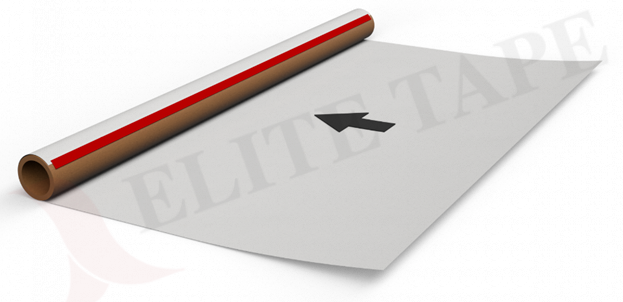
Core Start Using Double Coated Tape – This is an automated process for core starting. The tape is applied to the core by the roll tender in either a “Horizontal” or “Spiral Wrapping” pattern with double coated tape. The press continues to run and the substrate being processed will adhere to the core on the fly. This allows for higher efficiencies and quicker processing so the press does not have to come to a stop. This is a more critical application and requires high performance tapes like our Elite Tape #566 Transfer, #526R & #515HM Double Coated Film tapes. Double Coated tissue tapes like our #580, #523BL & #525R can also be used. Identifying the core with a colored tape is ideal so the roll tender knows the core has been tended with tape.
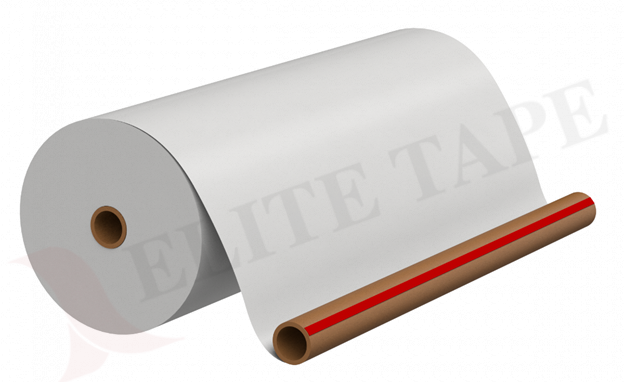
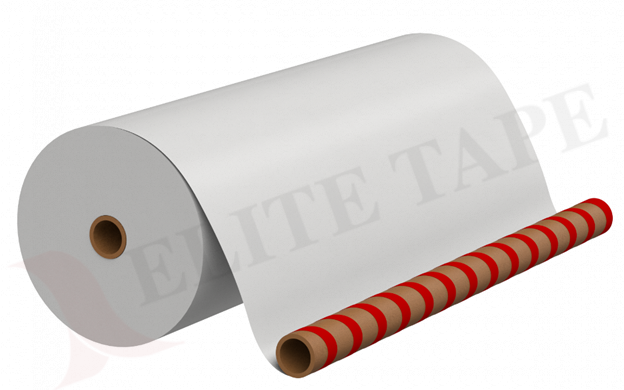
STEP # 2 SPLICING
SPLICING – Splicing is the process of connecting or joining two substrates together. The purpose of splicing materials together is to keep a continuous process making it more efficient. Splicing saves both time and money. Example- Splicing rolls of paper in the printing industry in order to keep the printing process continuous.
SPLICE DESIGNS
OVERLAP SPLICE USING DOUBLE COATED TAPE – This is the most common type of splice. This splice design is made using double coated tape to splice 2 substrates together by overlapping them. Overlap splicing can be done by hand called (zero speed splicing) or by automated equipment called (flying splice). Elite Tape offers one of the widest varieties of double coated tapes in the industry.

OVERLAP & REINFORCED SPLICE WITH DOUBLE COATED & SINGLE COATED TAPE – This is a combination splice using double coated tape to make the initial overlap splice connecting 2 substrates together. The 2nd step is to use a single coated tape to reinforce the splice. This reinforcement of the splice is used to provide added strength to the splice. This splice design would only be used in a zero speed splice due to the 2-step process.

BUTT SPLICE USING SINGLE COATED TAPE- A butt splice is used to splice two substrates together by butting them together and then using single coated tape on both sides of the substrate to make the splice. This splice design is a type of zero speed splice because it is done by hand and the press must come to a stop. Elite Tape offers our Polyester/Silicone tapes like our #938BL & #945R for silicone coated treated materials. Other Elite Tapes include our #835C PE Tapes, #224C UPVC Tapes and Flatback tapes like our heavy duty #530, #534 and #528BL tapes.

FLYING SPLICE VS. ZERO SPEED SPLICE
FLYING SPLICE – This is a type of splice using double coated tape to splice (connect) 2 substrates on the “fly” using special splicing equipment . The splicing tape is applied by hand by the roll tender separate from the splice machine, and then moved into the splice machine ready to be spliced. As the original roll is slowly being depleted, the new roll is spliced to the old roll to keep the process continuous. A flying splice is the most efficient type of splice saving both time and money because there is no slowing down of the press. Flying splices use an “Overlap Splice” design with double coated tape to connect the 2 substrates. Elite Tape offers our #579P, #588BK, #510, #526R, #515HM, #525BL, #525HT and many more depending on the substrate, temperatures in the process and line speed.
OVERLAP SPLICE
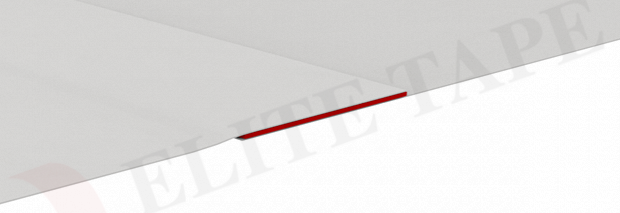
ZERO SPEED SPLICE – Zero speed, also known as “dead splice”, is a type of splice using double coated and/or single coated tape to splice (connect) 2 substrates together. This splice is made by hand by the roll tender and the press will come to a complete stop in order to make the splice by hand. Once the splice is secure, the machine will start slowly and then ramp back up to normal press speed. This type of splice is more costly vs. a flying splice because the press has to come to a stop. Zero speed splices use a combination of double coated and single coated tapes to secure the splice. This type of splice is called a “Butt Splice” using single coated tape on both sides or a “Reinforced Overlap Splice” which is a combination of using double coated tape and single coated tape to reinforce the splice.
BUTT SPLICE
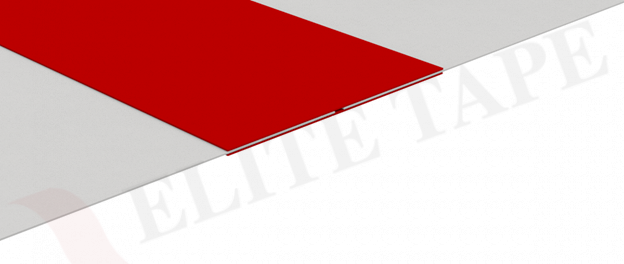
REINFORCED OVERLAP SPLICE

TYPES OF SPLICE PATTERNS
HORIZONTAL SPLICE PATTERN – A horizontal splice is the most common type of splice. It can be used with both single coated tape and double coated tape. Single coated tape would be a butt splice at zero speed. Double coated tape could be used to make both zero speed splices and flying splices.
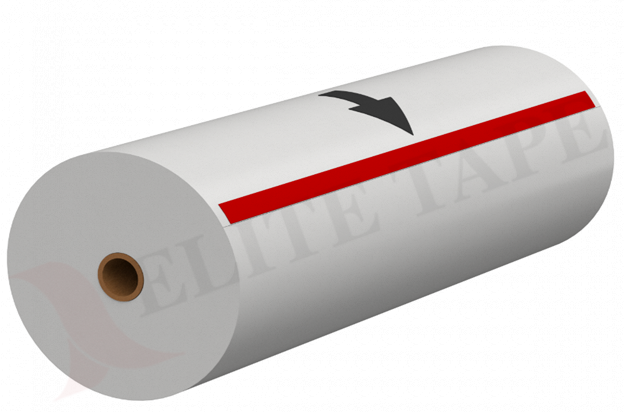
PATTERNED SPLICE – Pattern splicing is used with double coated tape and for high speed flying splices. The purpose of a pattern splice is to create a higher degree of mass coverage of adhesive to ensure a splice is made at a high rate of speed.
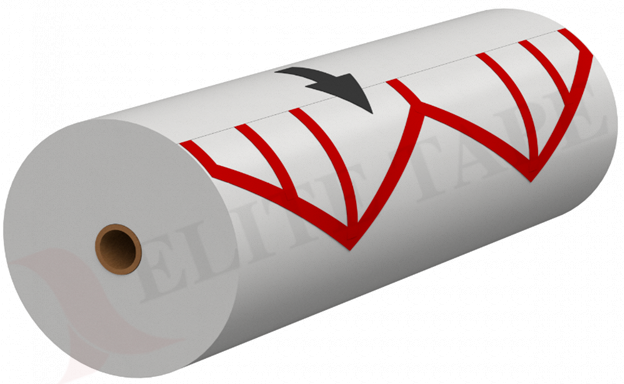
STEP #3 REEL CLOSURE
Reel Closure Using Single Coated Tape – Reel closure is the process of finishing the roll off using a single coated tape. Once the roll has been processed, the trailing “tail” needs to be closed in order to properly package and ship the roll. Reel Closure is typically used when one manufacturer is selling a roll to another manufacturer for further processing. Using single coated tape, the tape is applied along the length of the web roll to secure the tail down. The tape is visible with this type of reel closure. The substrate being processed will determine the type of tape to use. For light duty materials, Elite Tape offers their #224C & #220C Colors along with their #750, #756 and #720C Masking tapes. For heavy duty substrates Elite Tape offers their #530, #534 & #528BL Flatback tapes. If the substrate has a silicone coating then Elite Tape recommends their #938BL, #945R, #906G, #930Y Polyester with Silicone adhesive tapes.
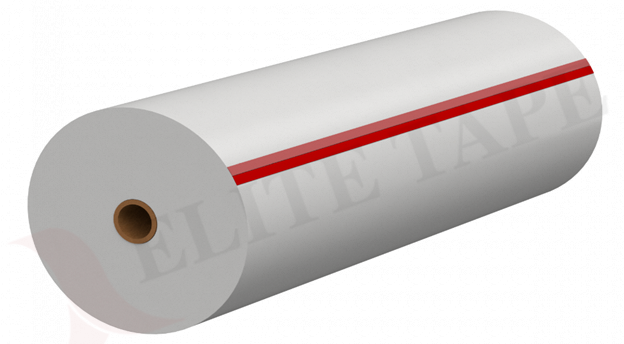
Reel Closure Using Double Coated Tape – Some customers will want to hide the reel closure to give the roll a better cosmetic appearance, the tape is not visible. Typically this is with higher end rolls of film, foil or papers. Depending on the substrate Elite Tape has several options with and without colors. For light duty reel closure, we recommend our #566 & #597B Transfer tapes. For medium to heavy duty, Elite Tape recommends their stronger more aggressive #526R, #515HM, #575, #586BK and #510 double coated film tapes. (Picture shows tape under the substrate).
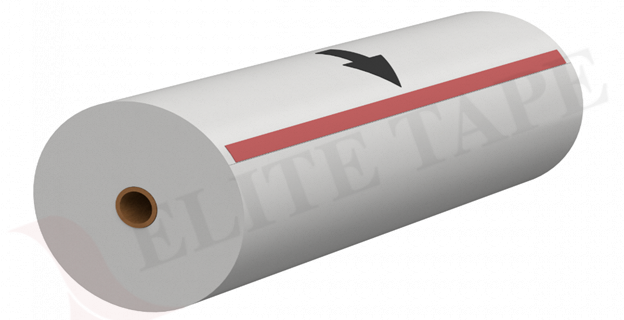
STEP #4 TAIL TABBING
Tail Tabbing – this is the process of using single coated tape to tab down the roll’s “tail”. This method is typically used if a manufacturer is processing a roll of material and then sending the roll to another location in house for further processing or if the material is to be stored for processing at a later date. Tail tabbing can also be used to further secure the roll after reel closure to ensure the tail of the roll will not come undone. Elite Tape’s flatback tapes like our #530, #534 and #528BL are the most common tail tab tapes we sell. For light duty substrates, Elite Tape offers their full line of Masking tapes like #750, #756, #720C colors.
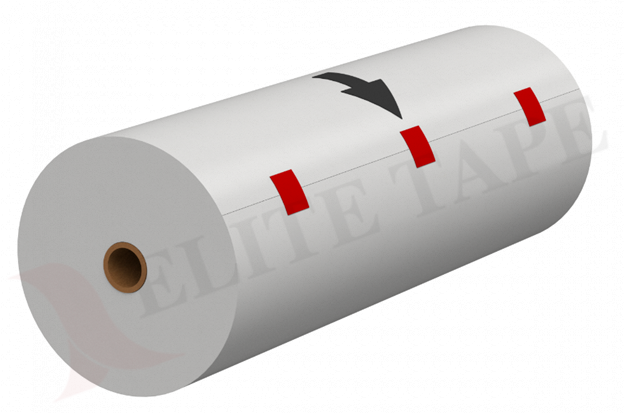

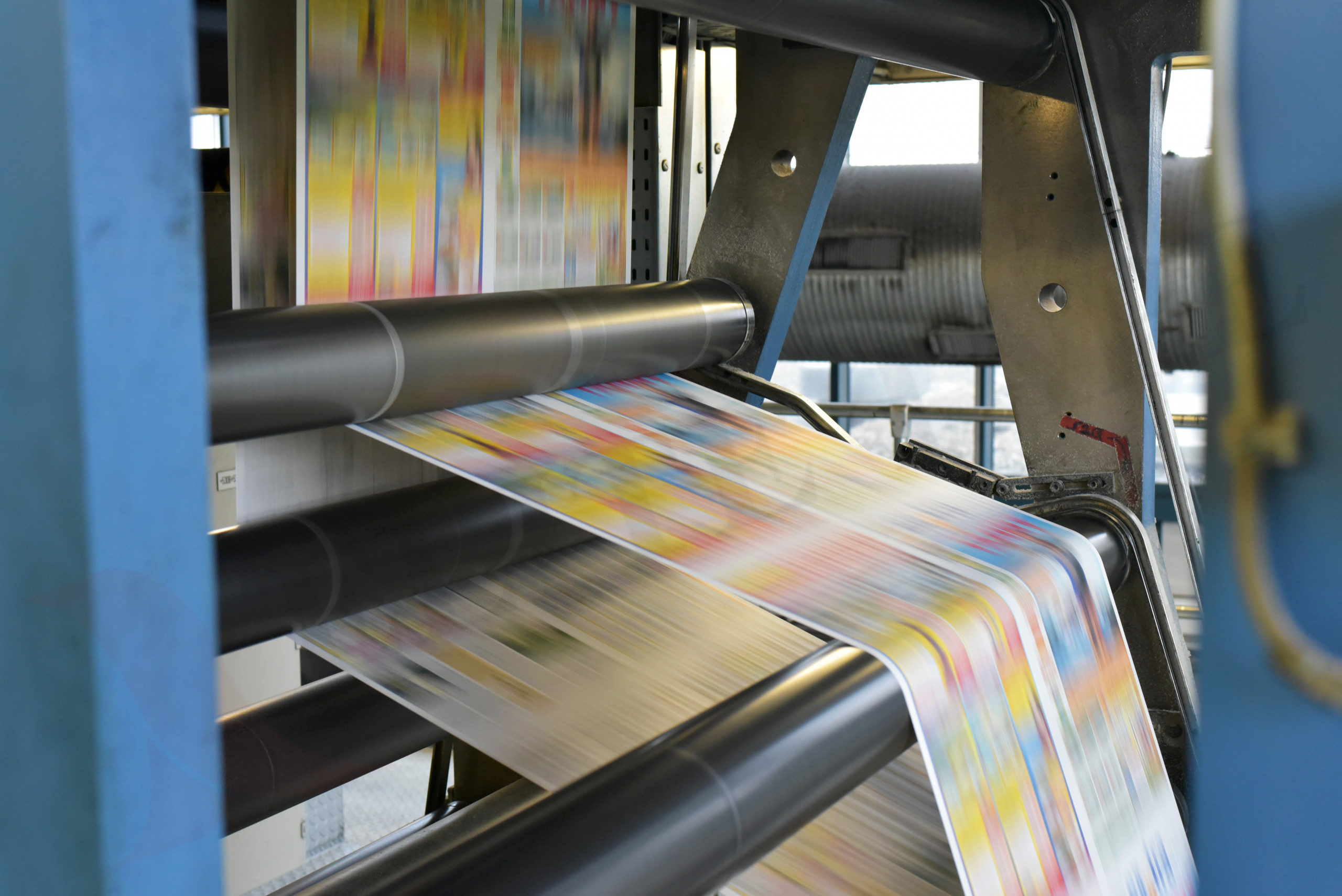
 855-770-TAPE (8273)
855-770-TAPE (8273) CONTACT US
CONTACT US